Noboru Ogata (Professor Emeritus, Kyoto University)
This webpage offers the records taken during our research trip in Lebanon in March 2011. The research trip was made as a part of our research project on the Phoenician and Punic culture headed by Professor Takura Izumi of Kyoto University. We visited the Phoenician and Roman sites including Byblos, Sidon and Tyre, and other places.
Phoenicians, northwestern subgroup of the Semitic linguistic family, inhabited modern Lebanon and coastal Syria. They built ships using cedar lumber from Lebanon Mountains, and carried on maritime trade around the Mediterranean. As the bases of their trade many seaport towns were built and the city-states were formed around them. They established many trading posts and colonies along the Mediterranean coast including Carthage, and advanced even outside the Strait of Gibraltar. Phoenicians were also excellent artisans who made craft products of glass and precious metals, and purple-dyed textile materials. Phoenician city-states prospered during the second and first millennia BCE although occasionally they were subject to the terrestrial empires such as Assyria and Persia.
Phoenicians made substantial contributions to the civilization of humankind such as alphabetical writing system. Through the ages of Hellenization and Romanization, however, Phoenicians gradually lost their cultural identity and faded away from the human history. Today, we can see the city remains of Roman style in Tyre.
Ancient Phoenician cities in modern Lebanon and coastal Syria shared some locational characteristics. They were usually small in size, situated on the seacoast or island near the mainland, and used reefs running parallel to the coast as the breakwaters for their harbors. Satellite images are used to clarify these common features.
References
- N. Jidejian, Byblos through the Ages, Dar el-Machreq Publishers, 1968.
- N. Jidejian, Tyre through the Ages, Dar el-Machreq Publishers, 1969.
- N. Jidejian, Sidon through the Ages, Dar el-Machreq Publishers, 1971.
- G. E. Markoe, Phoenicians, University of California Press, 2000.
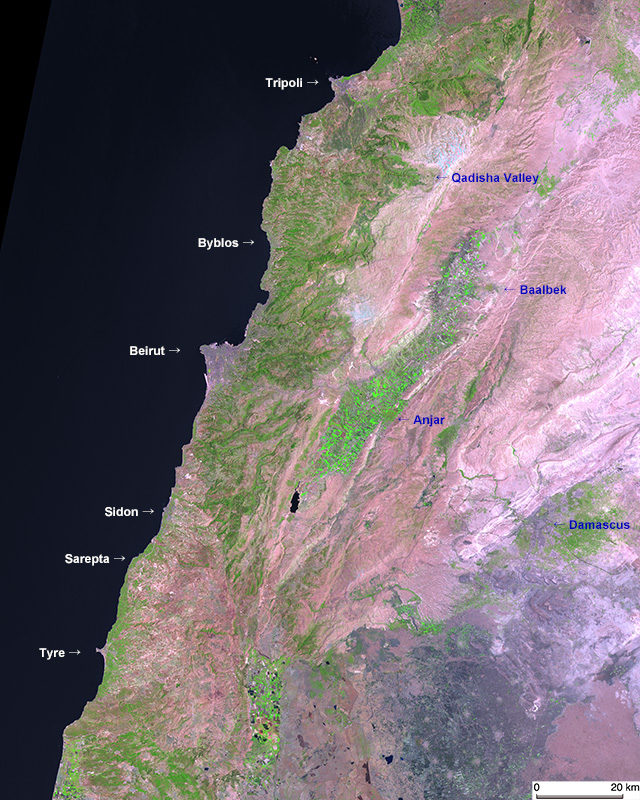 |
| Synoptic view over the study area using LANDSAT image (ETM+ : June 22, 2000) |
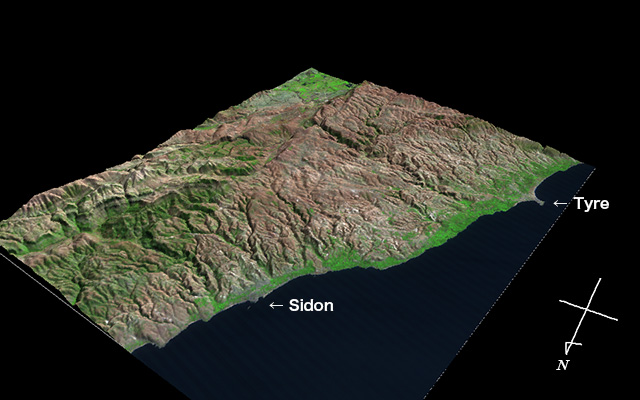 |
| Bird’s eye view showing the location of ancient Phoenician cities. Geomorphological data are from SRTM DEM (elevation is exaggerated by two-fold) and the model is draped with the above satellite image. We can observe that Lebanon mountains loom over the Mediterranean coast, and narrow plains stretch along the coast. |
March 13 : Flew from Osaka to Beirut via Dubai. Stayed in Beirut (March 14).
March 15 : Traveled across the Lebanon Mountains and visited Anjar and Baalbek in the Bekaa Valley.
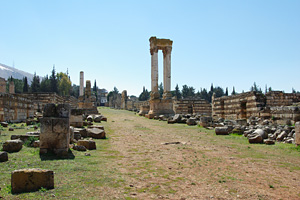 |
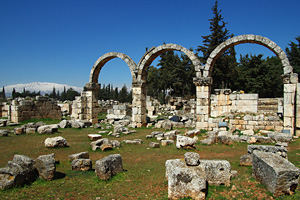 |
|
City ruins of Anjar |
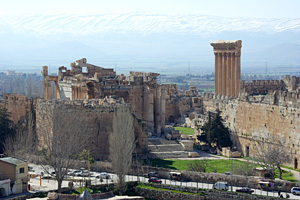 |
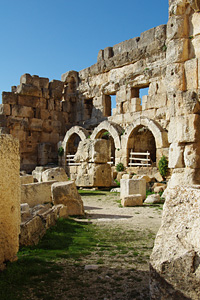 |
|
Hexagonal court in front of Jupiter Temple |
 |
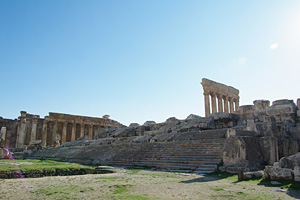 |
|
Facade of Jupiter Temple |
 |
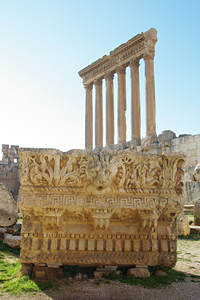 |
|
Building part of Jupiter Temple |
 |
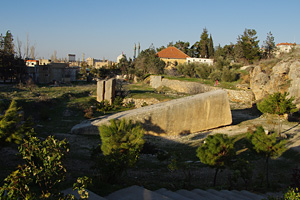 |
|
Gigantic stone material left in a quarry near Baalbek |
March : Visited Byblos in the morning. We visited Tripoli in the afternoon.
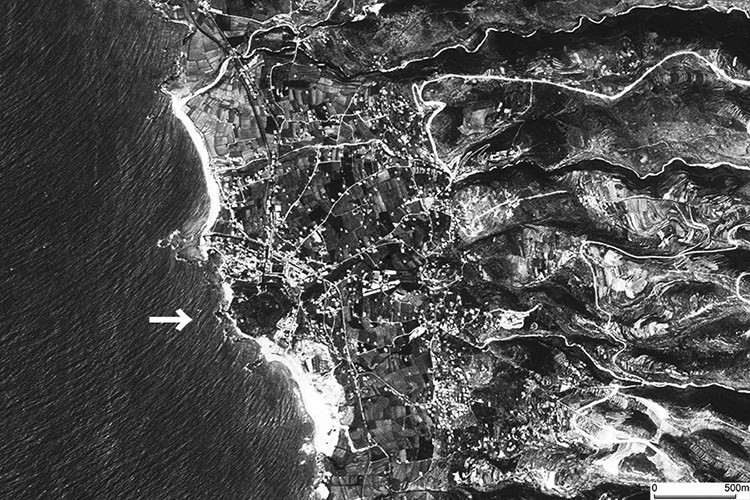 |
| CORONA satellite photograph over Byblos taken on March 21, 1968. The arrow indicates the archaeological site of the ancient city. |
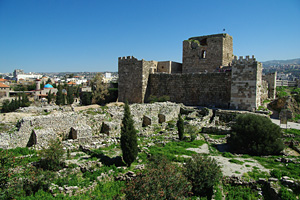 |
 |
|
Sarcophagus beneath the city ruins |
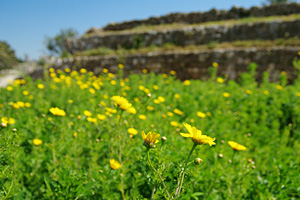 |
 |
|
Temple of Obelisks |
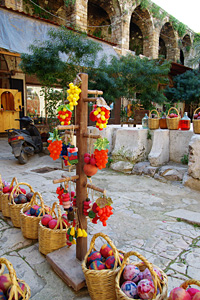 |
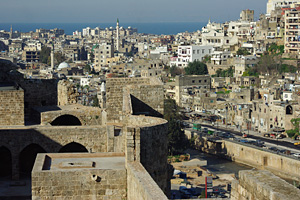 |
|
Landscape of Tripoli viewed from St. Gilles Citadel |
March 17 : Inspected the engraved rock monuments near the mouth of Kelb River. After that, we traveled to Qadisha Valley and saw Lebanon cedars and visited St. Elisée Monastery. Stayed in Bcharre.
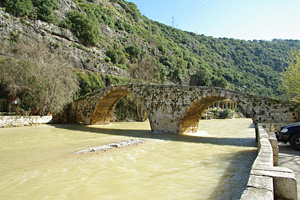 |
 |
|
Engraved rock monument of Esarhaddon, Assyrian king |
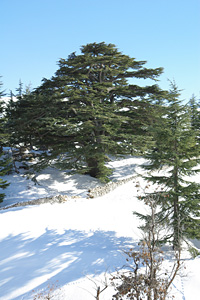 |
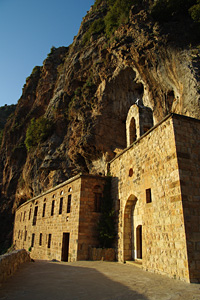 |
|
St. Elisée Monastery located at the bottom of the gorge of Qadisha Valley |
 |
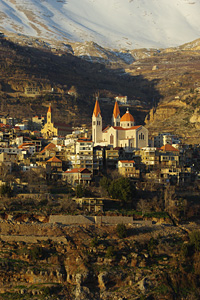 |
|
Town of Bcharre in Qadisha Valley |
 |
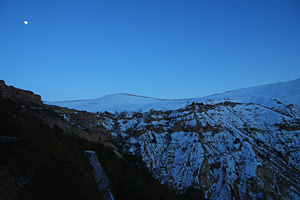 |
|
Lebanon Mountains viewed from the hotel |
March 18 : Visited Sidon and Sarepta. We arrived in Tyre in the evening and stayed there.
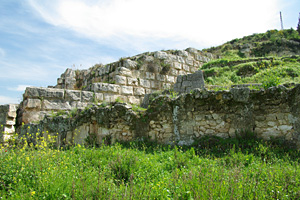 |
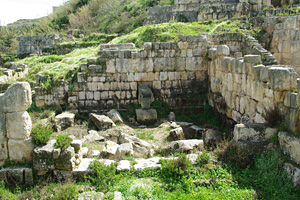 |
|
Throne in Eshmun Temple |
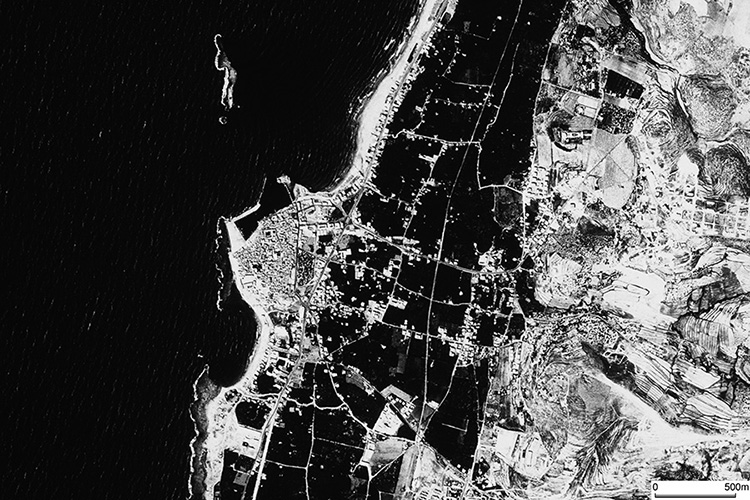 |
| CORONA satellite photograph over Sidon taken on June 17, 1967. |
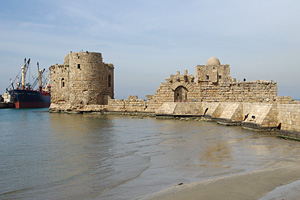 |
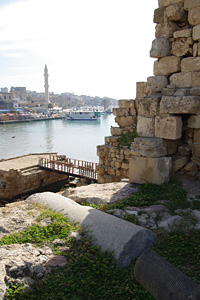 |
|
Old town of Sidon viewd from the Sea Castle |
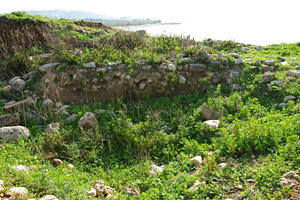 |
 |
|
City ruins of Sarepta |
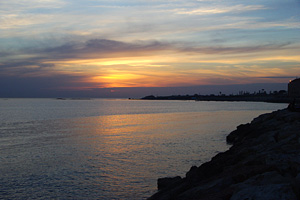 |
 |
|
‘The City Site’ of Tyre |
March 19, forenoon : Visited archaeological sites in Tyre in the morning. Then traveled to Beirut.
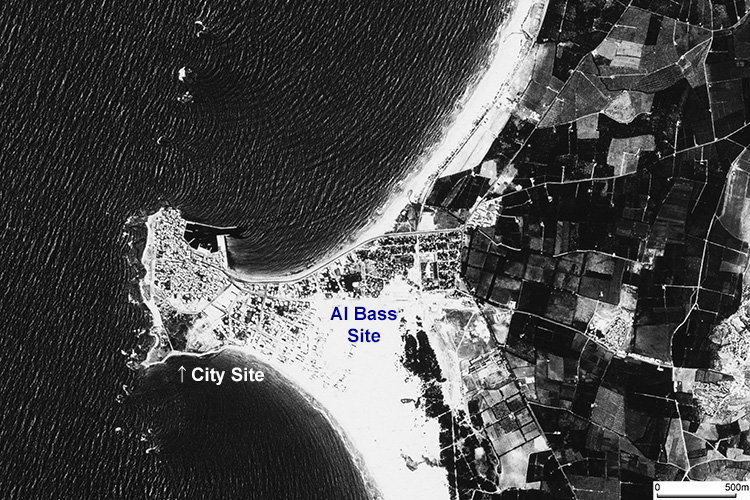 |
| CORONA satellite photograph over Tyre taken on June 17, 1967. |
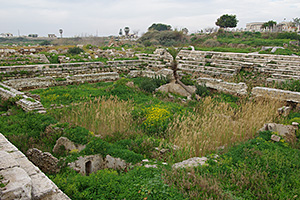 |
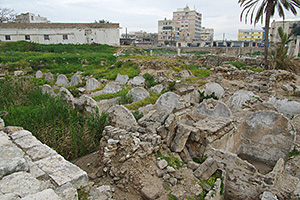 |
|
Water tanks |
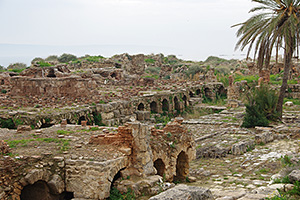 |
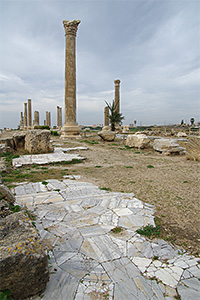 |
|
Remains of a bath |
||
Colonnade in the city site of Tyre |
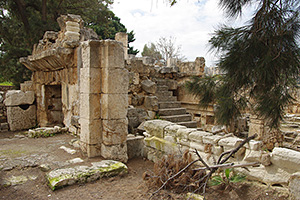 |
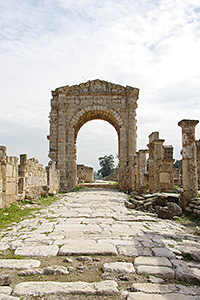 |
|
Monumental arch in the ‘Al-Bass’ site of Tyre |
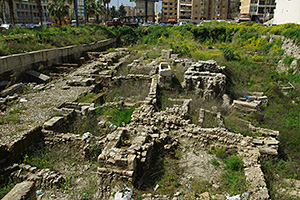 |
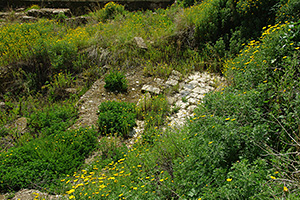 |
|
Excavated remains of a Roman Road |
March 19, afternoon : Visited National Museum in Beirut. Then we departed home.
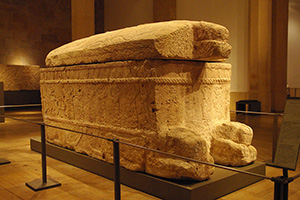 |
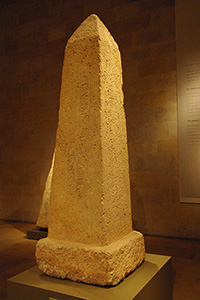 |
|
Obelisk from Temple of Obelisks in Byblos |
 |
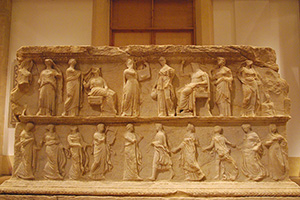 |
|
Tribune from Eshmun Temple near Sidon |
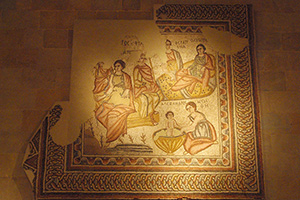 |
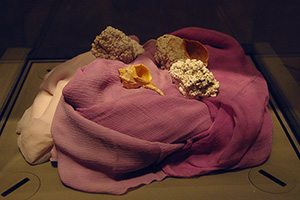 |
|
Restored purple-dyed cloth |
March 20 : Arrived at Osaka via Dubai.
Created by Noboru Ogata
Since March 6, 2014
![]()